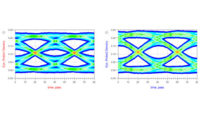Bert Simonovich
Lambert (Bert) Simonovich graduated from Mohawk College of Applied Arts and Technology, Hamilton, Ontario Canada, as an Electronic Engineering Technologist. Over a 32-year career, working at Bell Northern Research/Nortel in Ottawa Canada, he helped pioneer several advanced technology solutions into products. He has held a variety of engineering, research and development positions, eventually specializing in high-speed signal integrity and backplane design. After leaving Nortel in 2009, he founded Lamsim Enterprises Inc., where he continues to provide innovative signal integrity and backplane solutions as a consultant. He has authored several publications and holder of two US patents. In addition to being a senior member of IEEE, he currently serves as a member of DesignCon's Technical Program Committee, EDICon's Technical Advisory Committee and Signal Integrity Journal's Editorial Advisory Board. His current research interests include high-speed signal integrity, modeling and characterization of high-speed serial link architectures. His most notable modeling achievement is the development of the "Cannonball-Huray" conductor roughness model used in several electronic design automation (EDA) software tools.


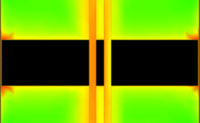
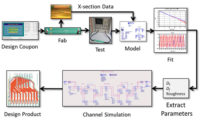

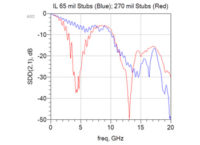
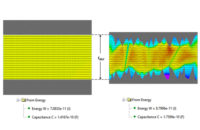
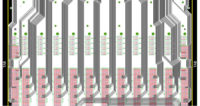
 Like any good tradesman, every electronic design engineer should carry a variety of tools in their toolbox. Some of the tools I like to carry are transmission line equations.
Like any good tradesman, every electronic design engineer should carry a variety of tools in their toolbox. Some of the tools I like to carry are transmission line equations.